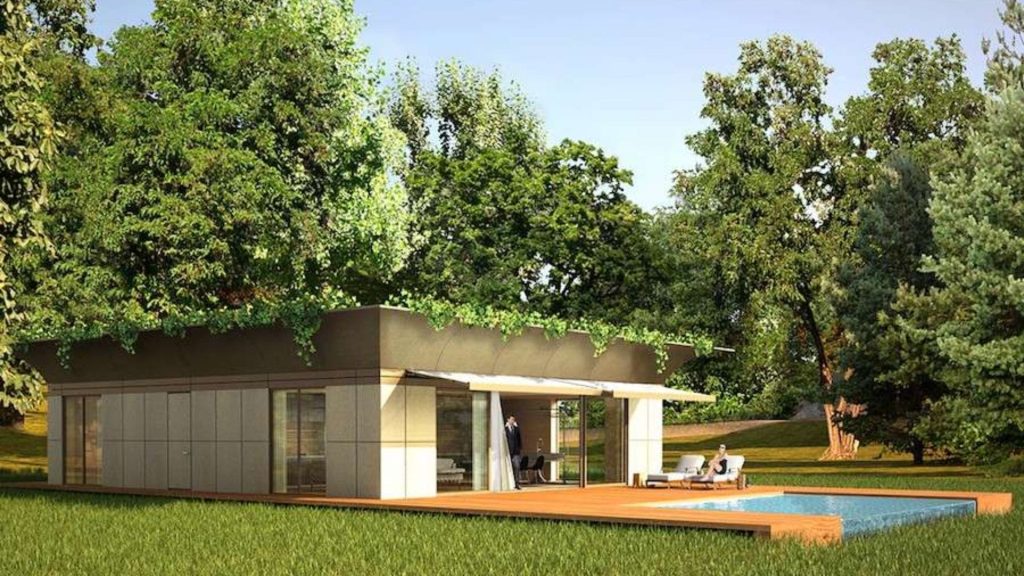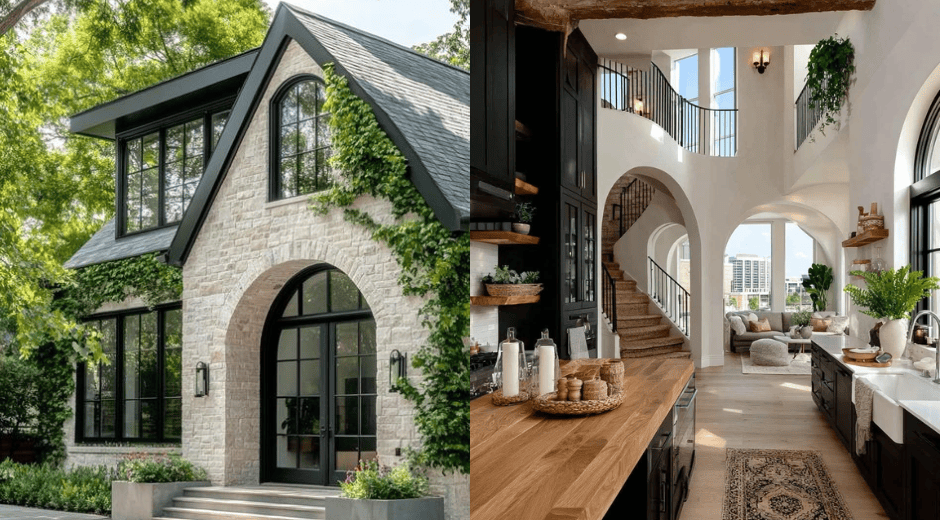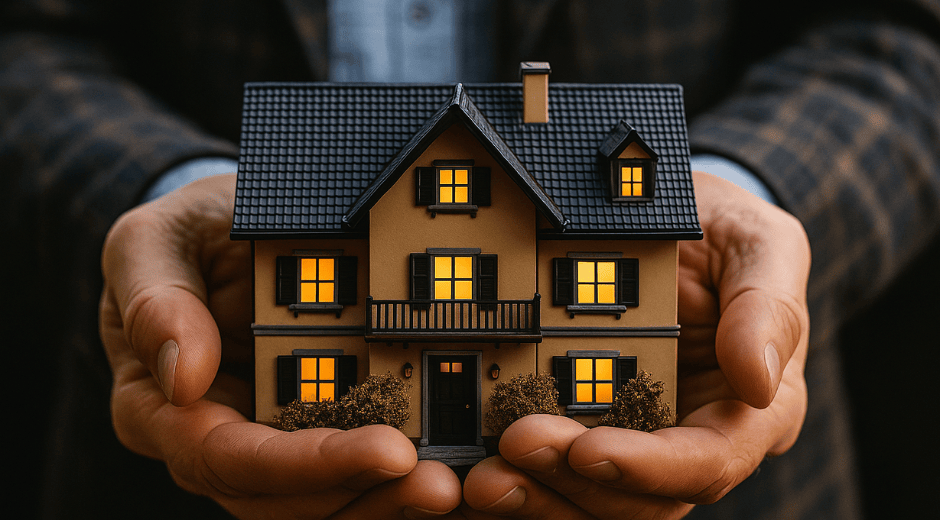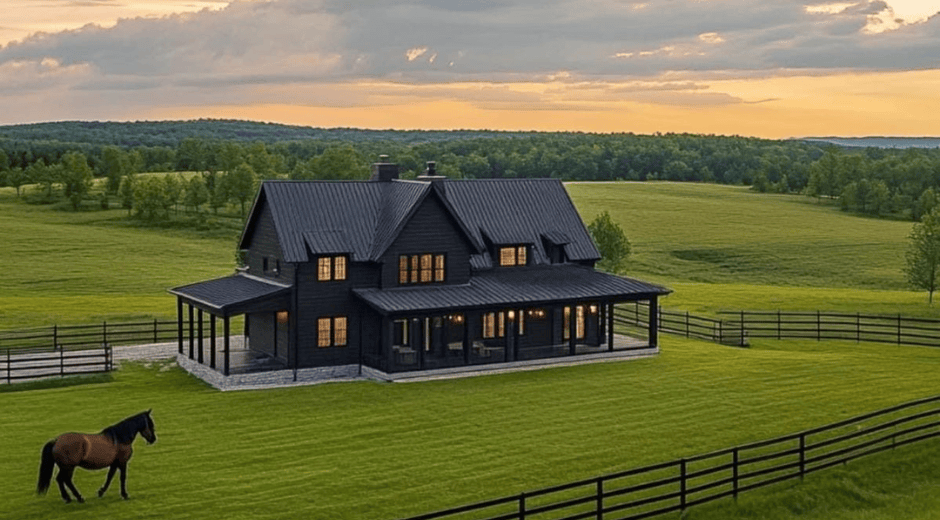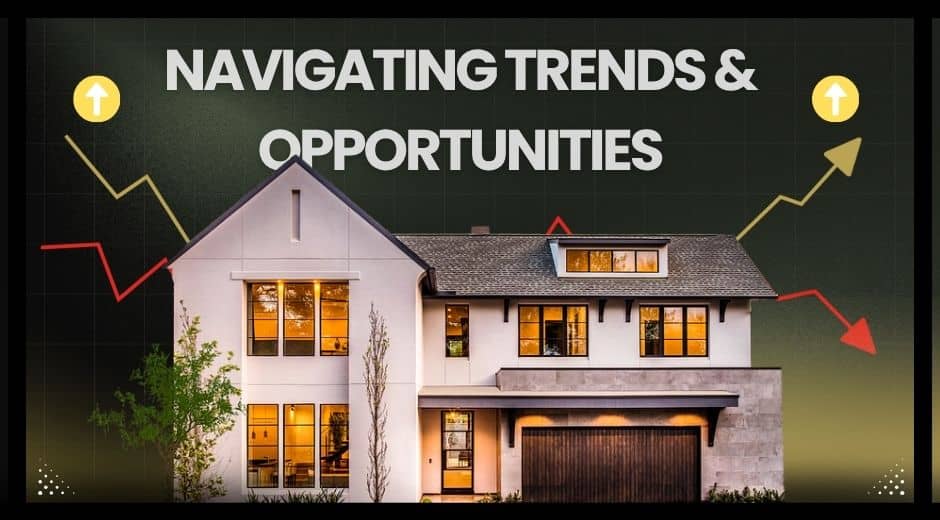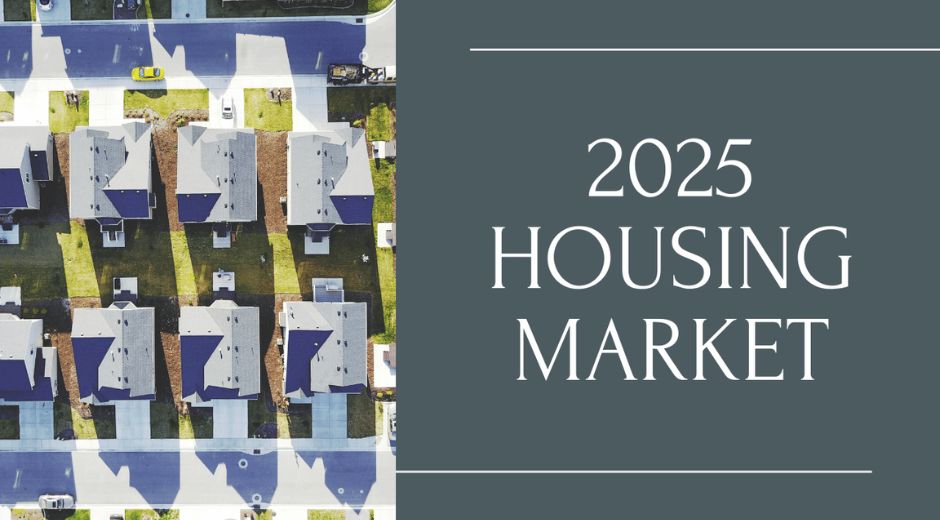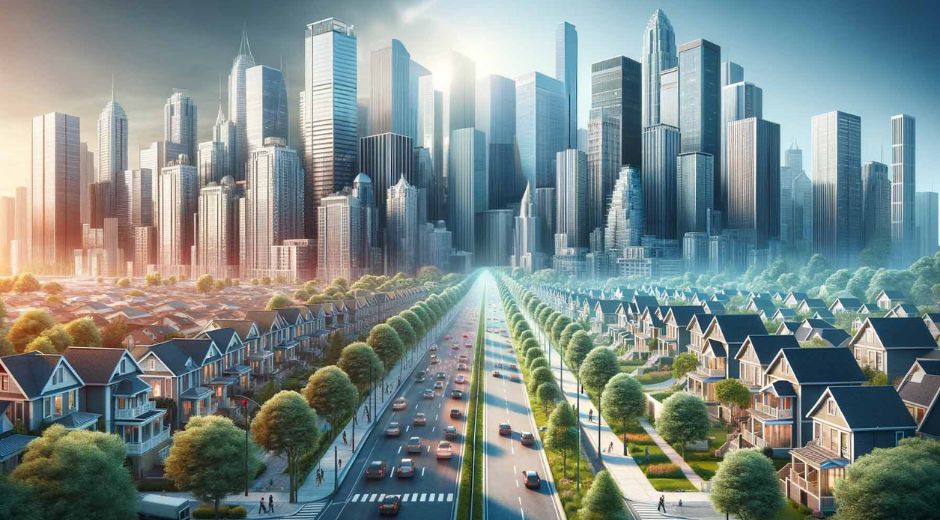Sustainable Housing: A Market Differentiator for 2026
Sustainable Housing: A Market Differentiator for 2026
The real estate market is evolving rapidly, and one of the most significant trends shaping the future is Sustainable Housing. Developers, investors, and homebuyers alike are beginning to prioritize energy-efficient, environmentally friendly, and socially responsible housing solutions. This shift is transforming how properties are built, marketed, and valued, positioning eco-friendly homes as a key differentiator in today’s competitive market.
Why Sustainable Housing Matters
As climate change and environmental concerns gain global attention, sustainability has moved from a niche consideration to a core element in real estate. Beyond reducing the carbon footprint, green developments lower energy costs, improve indoor air quality, and promote healthier living conditions. Properties that adhere to green standards, such as LEED or WELL certifications, are increasingly seen as more desirable by modern buyers.
Governments and municipalities are also encouraging eco-conscious construction through incentives, tax breaks, and stricter building codes. These policies make Sustainable Housing developments more financially viable and attractive to developers and investors alike.
Market Trends Driving Eco-Friendly Homes
Energy Efficiency – Modern homes incorporate renewable energy sources like solar panels, energy-efficient appliances, and smart thermostats. These features help homeowners save money while contributing to environmental protection.
Eco-Friendly Materials – Builders increasingly use recycled, low-impact, and durable materials, including bamboo flooring, reclaimed wood, and low-VOC paints, which enhance sustainability.
Smart Home Integration – Automated lighting, energy monitoring, and other smart technologies improve convenience and reduce waste.
Water Conservation – Rainwater harvesting, greywater recycling, and low-flow fixtures align with sustainable living principles.
Urban Planning and Green Spaces – Walkability, bike lanes, and parks contribute to sustainable urban living and a sense of community.
For more guidance on eco-friendly home design, Fixolix provides valuable resources for energy-saving solutions and sustainable materials.
The Business Case for Eco-Friendly Housing
Investing in Sustainable Housing makes strong economic sense. Homes that incorporate green features tend to appreciate faster and maintain higher resale value. Buyers are willing to pay a premium for energy-efficient homes, and rental properties with certifications often command higher rents.
From a developer’s perspective, marketing a project as eco-friendly differentiates it in a crowded marketplace. Homebuyers are increasingly conscious of environmental issues and seek residences that align with their values. Highlighting sustainable features can therefore attract conscientious buyers and investors.
How Eco-Friendly Housing Influences Buyer Behavior
Modern buyers are more informed than ever. Surveys indicate that energy efficiency, low utility bills, and environmentally responsible materials are top priorities when purchasing a home. As a result, properties with sustainable designs often sell faster and experience higher demand.
Additionally, buyers perceive green homes as healthier living environments. Enhanced ventilation systems, natural lighting, and the use of non-toxic materials improve overall well-being. This growing awareness means sustainable homes are no longer optional—they are becoming a market expectation.
Key Features of Sustainable Housing Developments
When planning or purchasing eco-friendly homes, several features stand out:
Renewable Energy Sources: Solar panels, wind turbines, and geothermal systems provide energy independence.
Energy-Efficient Appliances: LED lighting, Energy Star-certified appliances, and smart thermostats reduce energy consumption.
Water-Saving Measures: Low-flow fixtures, drought-resistant landscaping, and greywater systems conserve resources.
High-Quality Insulation: Proper insulation reduces heating and cooling needs, lowering utility costs.
Eco-Friendly Building Materials: Bamboo, reclaimed wood, and recycled steel are popular choices.
These elements make homes environmentally responsible, comfortable, practical, and cost-efficient.
Challenges and Solutions in Eco-Friendly Housing
Despite its benefits, developing sustainable homes can present challenges. Higher upfront costs, limited availability of materials, and the need for skilled labor may pose barriers. However, innovative approaches and careful planning can overcome these issues:
Government Incentives: Tax credits, grants, and low-interest loans help offset initial costs.
Bulk Material Sourcing: Developers can negotiate with suppliers for sustainable materials in larger quantities.
Community Engagement: Educating buyers and residents about the benefits of eco-conscious living increases adoption and support.
By addressing these challenges, Sustainable Housing projects remain economically viable while providing environmental benefits.
The Future of Sustainable Housing
Looking ahead, eco-friendly developments will continue to reshape the real estate market. Smart technologies, renewable energy integration, and climate-resilient designs are becoming the norm. Developers who embrace these trends will better meet buyer expectations and capitalize on emerging opportunities.
Incorporating sustainability into design and construction can transform urban landscapes, improve quality of life, and create a competitive advantage. For further insights and strategies, visit Metro Property Homes.
Conclusion
Sustainable Housing is no longer a niche concept; it drives value, attracts conscientious buyers, and contributes to environmental responsibility. From energy efficiency to eco-friendly materials and smart home technology, green homes are increasingly in demand.
Investing in or developing eco-friendly properties provides long-term benefits for homeowners, developers, and the community. Embracing sustainable practices aligns economic growth with environmental stewardship. For more tips on sustainable living and green home improvements, check Fixolix.
Easy steps to Luxury
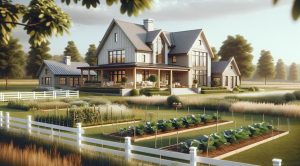
Modern Farmhouse Charm For Cozy Yet Refined Interiors
Modern Farmhouse Charm For Cozy Yet Refined Interiors
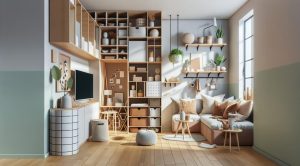
Small Space Styling Tricks For Smarter City Living
Small Space Styling Tricks For Smarter City Living
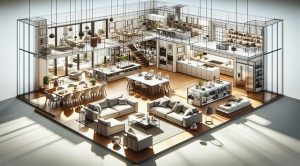
Open Plan Living Ideas To Maximize Light And Space
Open Plan Living Ideas To Maximize Light And Space
